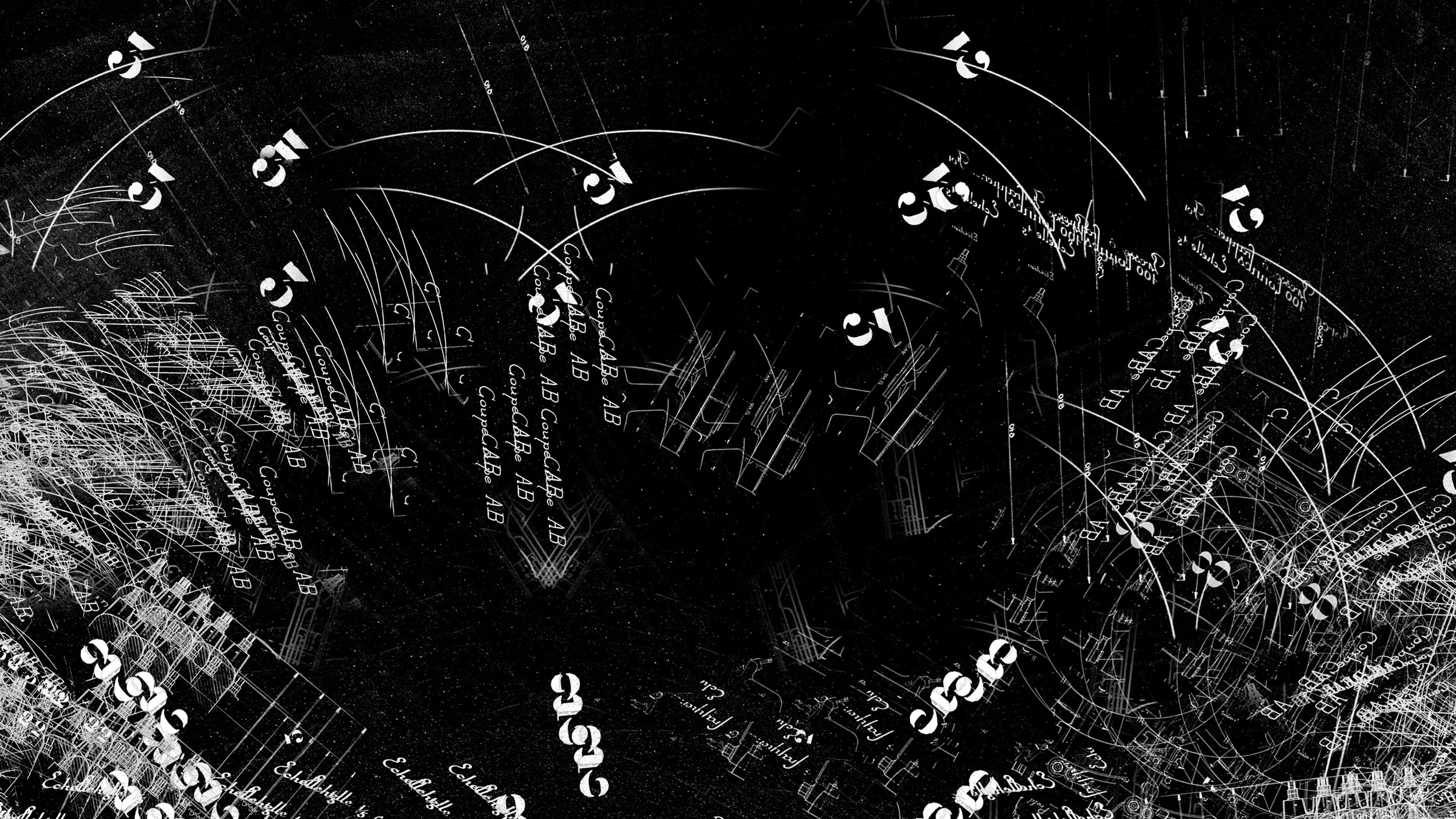Stasis Fields
- 1/1
- Block-height updating NFT and Archival Print
- Found Archival Images, Found Texts, Custom GANs (Generative Adversarial Networks), Blender, Custom Generative Software
- TIFF and Website
- Dimensions Various - 121cm to 4m
- 0xc8DfA79fE6818CE3dBe2221179e1FBA728B4Cf2b // Various
A new body of work within the Blueprint series, Stasis Fields transforms historical monetary blueprints from the archives of the Monnaie de Paris — the world’s oldest mint founded in 864 AD — into speculative cosmic structures. These cosmologies draw a parallel between the cultural shift towards decentralization and our oldest decentralized network of all: the stars.
At the core of this series is an exploration of how blockchains question another of our oldest concepts - the nature of time. Simply put, is time a straight line (absolute), or does it bend and stretch dueto gravity (relativistic)? Unknown to many, before they were called blockchains, Satoshi Nakamoto originally called them timechains. Blockchain’s for the first time in human history create a globally shared, absolute state of time: block height. This poses radicalquestions for the philosophy of time.
Stasis Fields, a science fiction term for a space where time stand sstill, explores these questions through the aesthetics of a place where time itself breaks down—the event horizon of black holes and the ensuing singularity.
For blockchains, time unfolds in two ways. On one hand, there is the past, where the chain is linear, absolute and successive, challengingEinstein’s concept of relative space-time and restoring a Kantian notion of absolute artificial time. And yet, in the present, if we were to use the proof-of-work chain tip as analogous to the present,notions of time become probabilistic and unstable. Viewed from a distance, time seems to stop at the event horizon, much like the chain tip. Once an object crosses the event horizon, it cannot return.As it speeds towards the infinity of the singularity, an irreversible arrow of time is developed, breaking down Einstein’s equations and estabilising again the idea of space-time back into the realm of the unknown.The very questions of time found in black holes are found now, and at times challenged by blockchains, which resurrect a notion of absolute time.
Each work reworks AI-generated elements trained on the Monnaie de Paris’s archive with generative software before minting the work immutably on the blockchain. The process nods to the relationship between AI and the singularity, as well as to the idea of infinite archives of knowledge explored in Alice’s first show at the Monnaie de Paris. Each NFT includes the original blueprint along with an interactive website that updates on block height ad infinitum. This ever-changing artwork presents the blueprint as explorable in three dimensions, adding a fourth dimension of time as the blueprint cosmology grows and collapses generatively through the day and night. As the viewer explores the structure, re-rendered in ASCII, texts archived in a decentralized library are spliced together.
Inspired byBorges’s Library of Babel (1944) and the concept of the blockchain as an infinite archive , Alice has created a library of texts pulling from the history of time, science fiction, the singularity, and early blockchain writings to allow the viewer to meditate on the convergence of the various archives of knowledge that brought blockchains into being today.
Each work is titled after a fictional galaxy, mythology or location that relates to the concept of time. The first work shown here is called Charon. In Dante’s Inferno, Charon is the demonic ferryman of the RiverAcheron, who transports damned souls across the river in exchangefor a coin, marking their final passage beyond time and redemption. Here Charon presents the movement from the transient world into an unchanging afterlife.











